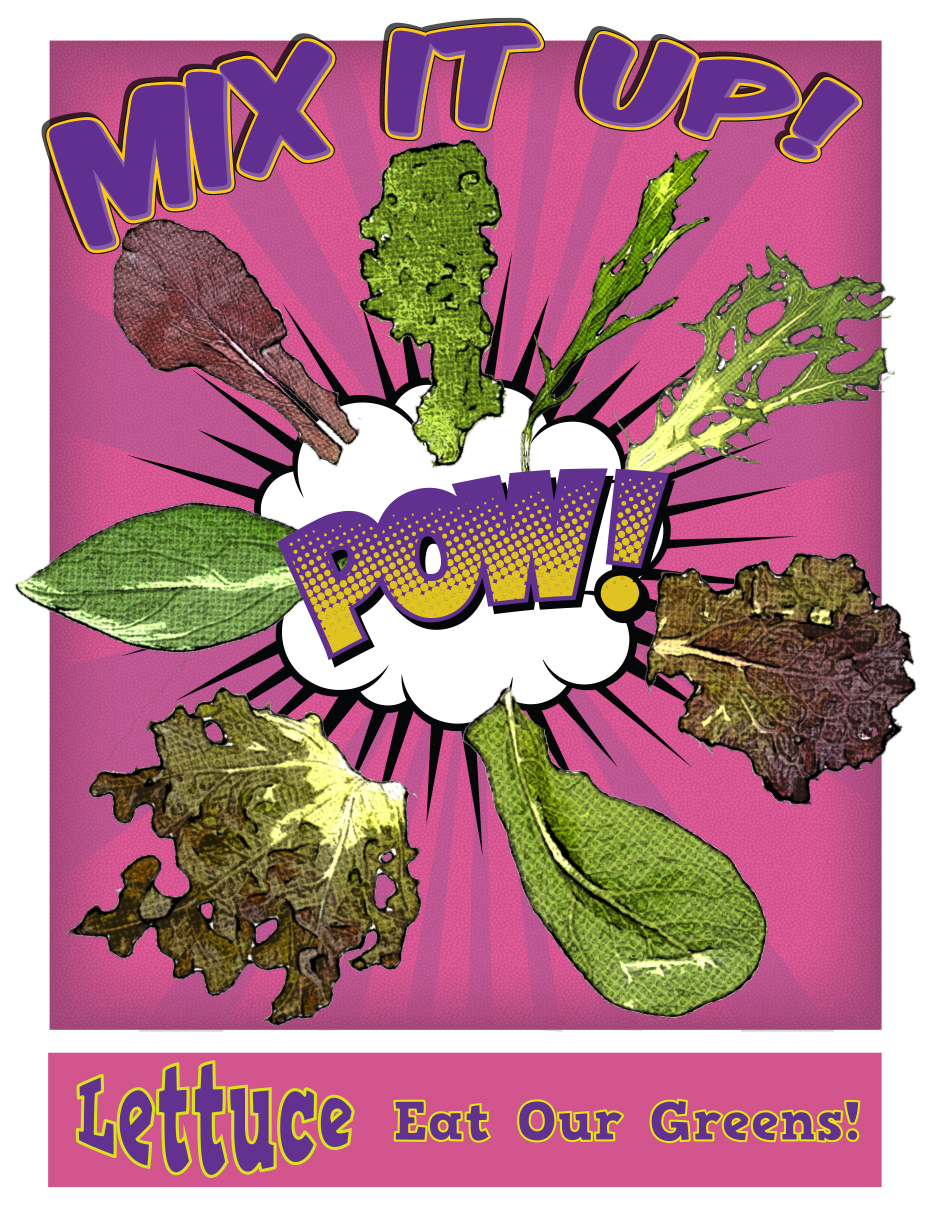
Recipes
Click on the name of the below recipes to download complete recipe, and meal crediting information.
The below recipes were contributed by Connecticut Food Service Directors.*
*Recipe and Meal Contribution Review completed by Put Local on Your Tray. SFAs must check the crediting information for accuracy prior to including the item in reimbursable meals.

Southwestern Chicken Salad Shaker
Harvest Entree Salad With Turkey
Harvest Entree Salad with Turkey with Pears
More recipes for Food Service use, from other farm to school organizations:
Chicken and Spinach Quesadillas (PB)
Sauteed Collard Greens with Sweet Tomato (PB)
Sauteed Kale with Ginger and Soy (PB)
Souwthwest Sweets, Bean and Qunioa Shaker
Swiss Chard Frittata (VT FEED)
Warm Lentils & Spinach (VT FEED)
If you have a recipe using this product that was successful in schools and would like to share please send it to us!
In the Past: Greens are perhaps the original vegetable - gathered from plants by our prehistoric ancestors as they moved through the landscape. Today we have cultivated many kinds of tender juicy lettuces, as well as hardier greens for cooking like spinach, kale, and collards. Any way you like them, greens have been around since humans have been eating.
In the Soil: Greens come from many different vegetable species and families. Lettuce is an annual plant that comes in many shapes (imagine the sprawling head of romaine, the tightly bunched heads of iceburg, or the tiny leaflets of baby lettuce greens). Spinach grows in a round floret pattern low to the ground, and Kale reaches for the sky with long stems and broad leaves. Because there are so many different kinds of greens, there are varieties that can grow in many different conditions and seasons!
In the Kitchen: Lettuce greens are often washed, torn, and used for salads or garnishing sandwiches and other dishes. Greens such as Kale, Spinach, and Collards can be added to salad mixes when small, but are great additions to cooked dishes when more mature. These greens can be sautéed, added to soups or stews, or mixed with oil and vinegar for a hearty raw salad.
In the Body: Most kinds of lettuce are high in water content, low in calories, and provide a good source of folic acid. Minerals and vitamins vary depending on the type of lettuce. Cooking greens are notoriously high in vitamins A and C and a host of other goodies like potassium, vitamin B6 and iron.
In Connecticut: In greenhouses, greens can be grown all year long in Connecticut. In general they are reliably available here June through November.
Downloadable Files
STICKER
 Loading...
Loading...
POSTER
